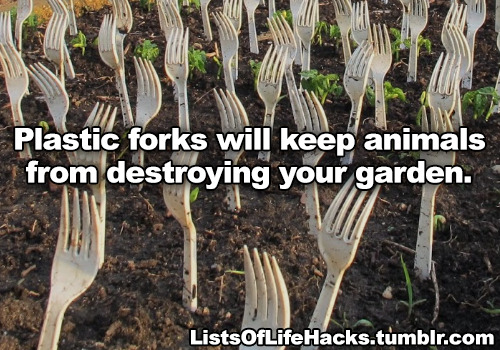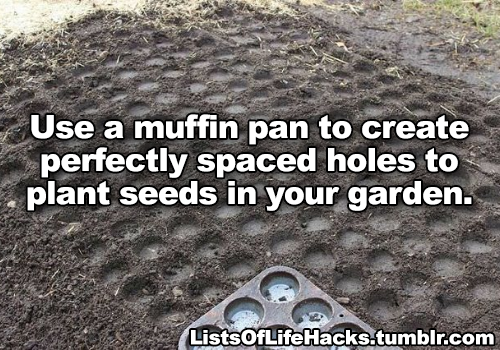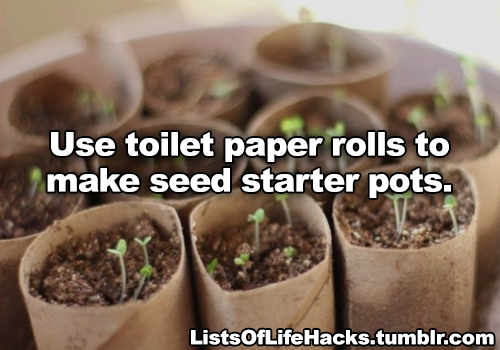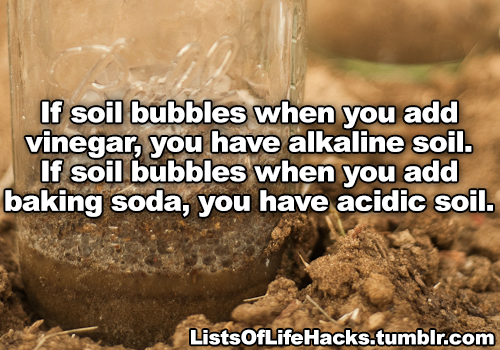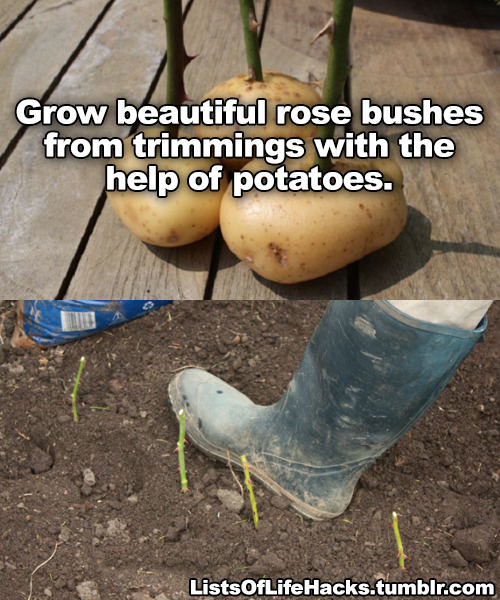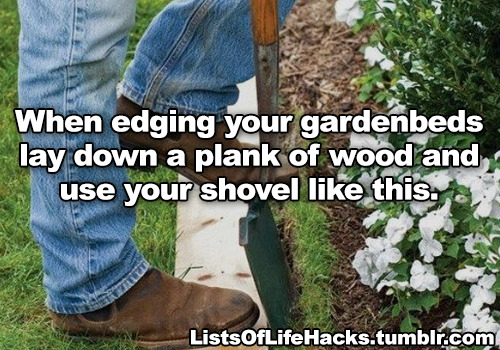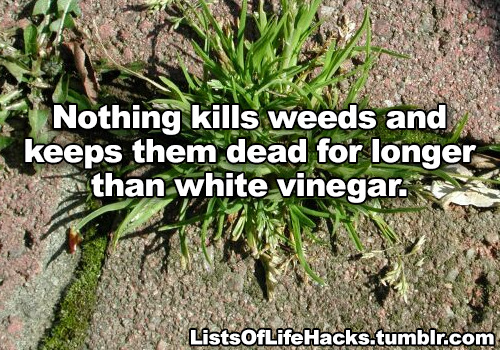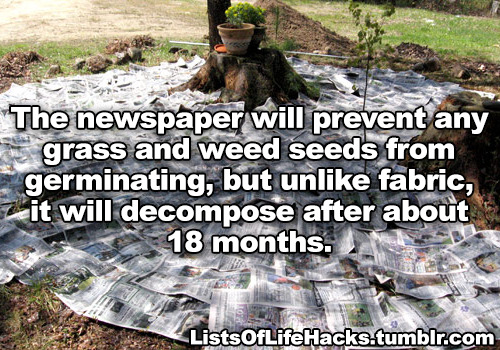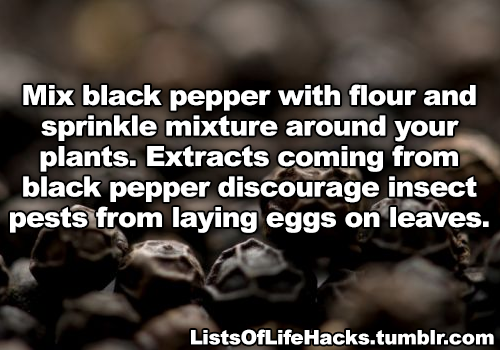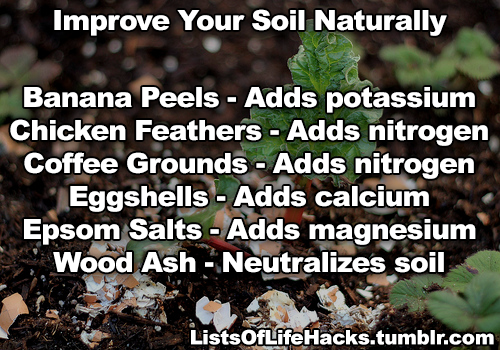Matt Zeilinger, Solarpunk Girl (portrait Of Krishna Jaya)

Matt Zeilinger, Solarpunk Girl (portrait of Krishna Jaya)
More Posts from Copperfingertips and Others

Public service announcement






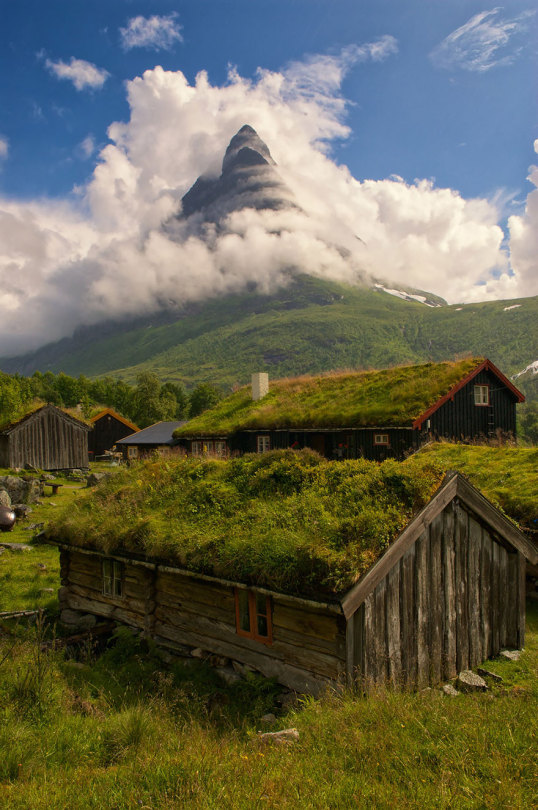
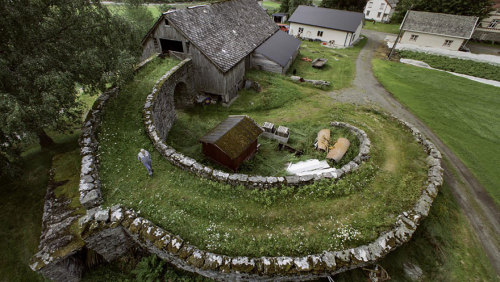
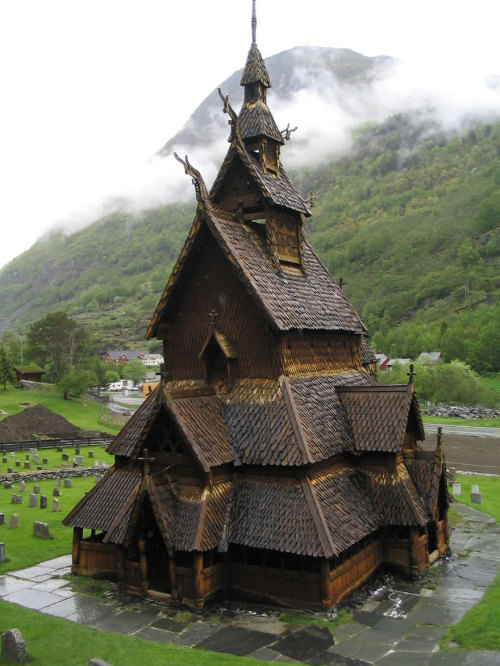
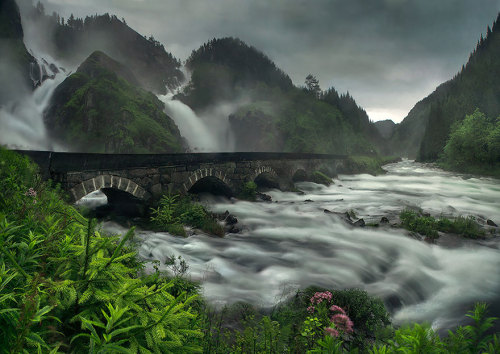
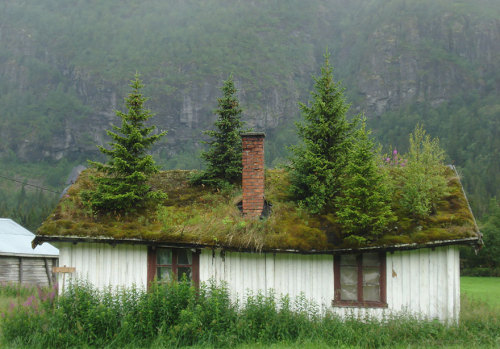
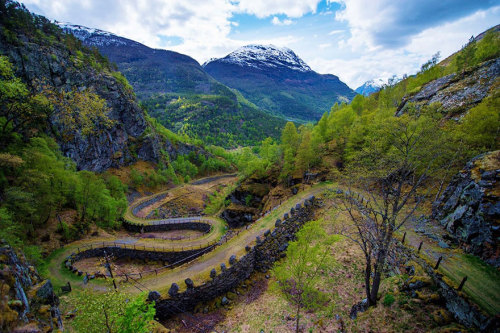
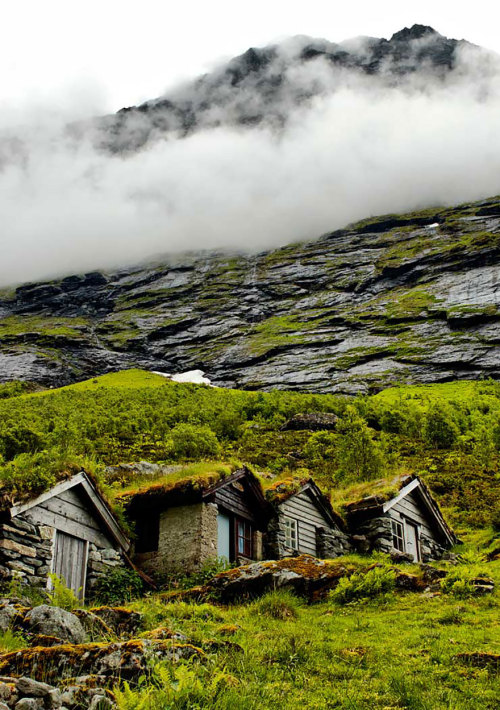
Pics Of Fairy Tale Architecture From Norway
Possible Lunarpunk slogan
after seeing all the light pollution in my city:
“Bring back the dark!”
Actually you know what. Just don’t mow. Get rid of your lawnmower. Turn your whole yard into a wildflower field or an edible garden. Lawns are the invention of the upper class to show wealth through wasted plots of grass that is meticulously tended for no reason other than to be grass. It’s literally an empty plot of land they kept because they had so much money they didn’t need it to grow food. Not using a yard as just a yard is an act of rebellion.
One of the main industries still supporting lawns is chemical pest control companies, and they’re also responsible for the insecticides that crashed the bird populations in the 40s and 50s as well as a lot of what’s killing bees and butterflies now. The herbicides they produce specifically targets “bad” plants like dandelions, buttercups, and clovers, which are plants bees rely on for early spring feeding. Grass is just grass; it would be great for feeding small mammals if people would let it grow more than three inches, but they won’t.
So, yeah. Kill lawnmower culture. Plant some native flowers. Grow some vegetables and fruit trees. Put out bird feeders and bee sugar spots and homes for both. Be kind to bugs and birds and rabbits and opossums and whoever else might wander by. Make your neighborhood a lot more beautiful.
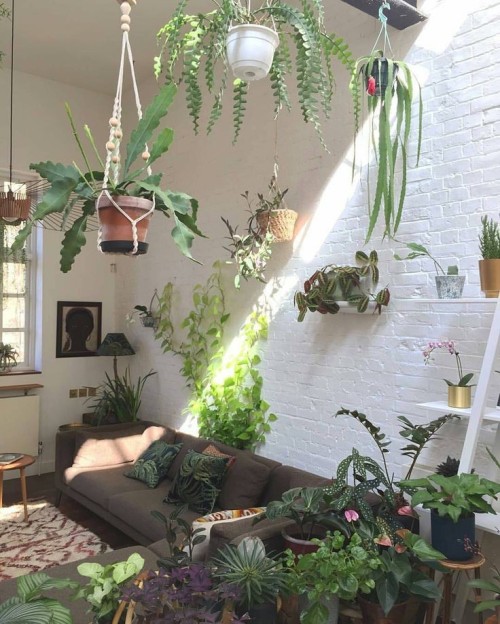






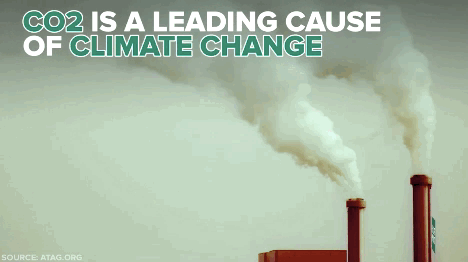
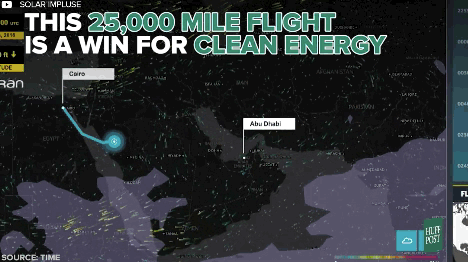
Powered exclusively by the sun, this 16-month flight is promoting the use of clean energy.
Everyone should garden
Sometimes when I’m talking to people about sustainability they’re like, “well, not everyone wants to garden” and it’s like, on the one hand I’m sure that’s true because of the diversity of the human experience means that someone out there would hate gardening no matter what.
But on the other hand…. what???? Why would someone NOT want to experience the miracle of life and then have the freshest ingredients possible to cook with??? All while releasing no green house gasses and being super cheap???
Humans have literally lived forever surrounded by plants with cultivating plants as a vital part of how we have lived for thousands of years and you’re telling me that we should stop doing that because some people don’t like to garden??
Gardening isn’t a hobby! It’s a way of life that we all need to be living if we can because our current way of life is unsustainable! Also everyone that can garden should so we can support the people who can’t. Gardening is what made us human and we can’t stop now.
7 reasons why solarpunk is the most important speculative fiction movement in the last 20 years
It’s hopeful. Solarpunk doesn’t require an apocalypse. It’s a world in which humans haven’t destroyed ourselves and our environment, where we’ve pulled back just in time to stop the slow destruction of our planet. We’ve learned to use science wisely, for the betterment of ourselves and our planet. We’re no longer overlords. We’re caretakers. We’re gardeners.
Scientists are heroes again. And not just physicists and astronomers. Knowledge of biology and earth sciences matter, they’re the building blocks for a future on Earth. Scientific literacy isn’t just for academics – it’s part of daily life. People know how the things they use work, and if they don’t, they can access that information.
It’s diverse. Solarpunk is rooted in using the environment, so it looks different in different places. Alternative energy is best when specific to place (I imagine geothermal, wind, tidal, and hydroelectric energy sources are still used in certain places) so no overarching government system is needed. Communities can organize themselves, taking their own location and needs and history into account. Brazilian, Inuit, Egyptian, Pacific Northwest, and New Zealand solarpunk can all look very different, but be unified in resourceful, intentional, low impact living.
Individuality still matters. In a post-scarcity society, ingenuity and self-expression are not sacrificed on the altar of survival. With solar power there’s no reason not to go off grid, if that’s what you want to do. Communities can self-organize. You can find a community that suits you, or go live by yourself if that floats your boat.
There’s room for spirituality and science to coexist. Solarpunk is rooted in a deep understanding and reverence for natural processes. There’s room for spirituality there, be it pagan, Buddhist, Sufi, Transcendentalism – anything. There’s so much to explore, from nature worship to organized monotheistic religions, and how they interact with solarpunk.
It’s beautiful. The most common solarpunk aesthetic is art nouveau, but again there’s room for diversity, incorporating art styles from multiple cultures in respectful, non-appropriative ways. The most important aspect of solarpunk aesthetic is the melding of art and utility. The idea of intentional living is strong in art nouveau, but it’s not the only art movement with that philosophy.
We can make it happen. Now. Earthships. Permaculture. Aquaponics. Algae lighting. Compostable products that turn into fields of flowers. Buy Nothing organizations. Tiny, beautiful, efficient homes. Solar power cells you can see through. That’s all happening now. Solarpunk is within our grasp, at least on a personal level. I’m not saying there aren’t still big, ugly infrastructures devoted to unethical consumption, but we can start to tear them down. We can build a solarpunk world with stories and small changes. And small changes lead to big changes. That’s the real beauty of solarpunk. It’s not a post-apocalyptic power fantasy. It’s not a wistful daydream, or an elite future only for physicists. It’s something we can work towards right now. It’s tangible.
-
 abnormyl liked this · 3 months ago
abnormyl liked this · 3 months ago -
 fridatheexistence reblogged this · 3 months ago
fridatheexistence reblogged this · 3 months ago -
 fridatheexistence liked this · 3 months ago
fridatheexistence liked this · 3 months ago -
 morganwaterman reblogged this · 3 months ago
morganwaterman reblogged this · 3 months ago -
 wanderer2022 reblogged this · 3 months ago
wanderer2022 reblogged this · 3 months ago -
 wanderer2022 liked this · 3 months ago
wanderer2022 liked this · 3 months ago -
 waltzshouldbewriting liked this · 3 months ago
waltzshouldbewriting liked this · 3 months ago -
 mommy-werewolf liked this · 3 months ago
mommy-werewolf liked this · 3 months ago -
 alexzehooman liked this · 3 months ago
alexzehooman liked this · 3 months ago -
 the-gay-trash-gremlin liked this · 3 months ago
the-gay-trash-gremlin liked this · 3 months ago -
 infernal-feline reblogged this · 3 months ago
infernal-feline reblogged this · 3 months ago -
 brettbutbetter liked this · 3 months ago
brettbutbetter liked this · 3 months ago -
 ironspine liked this · 3 months ago
ironspine liked this · 3 months ago -
 themarvelhorse reblogged this · 3 months ago
themarvelhorse reblogged this · 3 months ago -
 themarvelhorse liked this · 3 months ago
themarvelhorse liked this · 3 months ago -
 steppentime reblogged this · 3 months ago
steppentime reblogged this · 3 months ago -
 steppentime liked this · 3 months ago
steppentime liked this · 3 months ago -
 bog-hop liked this · 3 months ago
bog-hop liked this · 3 months ago -
 truthteaceremony reblogged this · 3 months ago
truthteaceremony reblogged this · 3 months ago -
 truthteaceremony liked this · 3 months ago
truthteaceremony liked this · 3 months ago -
 arenthian-victory reblogged this · 3 months ago
arenthian-victory reblogged this · 3 months ago -
 arenthian-victory liked this · 3 months ago
arenthian-victory liked this · 3 months ago -
 ideasthatwillneverbepublished liked this · 3 months ago
ideasthatwillneverbepublished liked this · 3 months ago -
 solarpunkaestheticweek reblogged this · 3 months ago
solarpunkaestheticweek reblogged this · 3 months ago -
 specializationisforinsects reblogged this · 3 months ago
specializationisforinsects reblogged this · 3 months ago -
 technicallyfoggycollections liked this · 3 months ago
technicallyfoggycollections liked this · 3 months ago -
 casestudy-mw liked this · 3 months ago
casestudy-mw liked this · 3 months ago -
 inkdropsandoilslicks liked this · 3 months ago
inkdropsandoilslicks liked this · 3 months ago -
 specializationisforinsects liked this · 3 months ago
specializationisforinsects liked this · 3 months ago -
 vermilionvexation liked this · 3 months ago
vermilionvexation liked this · 3 months ago -
 believemeallisbrilliant liked this · 3 months ago
believemeallisbrilliant liked this · 3 months ago -
 silverandsunflowers liked this · 3 months ago
silverandsunflowers liked this · 3 months ago -
 beccy liked this · 3 months ago
beccy liked this · 3 months ago -
 anipwrites liked this · 3 months ago
anipwrites liked this · 3 months ago -
 bitsandpiecesofwhoiam liked this · 3 months ago
bitsandpiecesofwhoiam liked this · 3 months ago -
 plantyhamchuk reblogged this · 3 months ago
plantyhamchuk reblogged this · 3 months ago -
 safisynai liked this · 1 year ago
safisynai liked this · 1 year ago -
 deepestbearwizard liked this · 3 years ago
deepestbearwizard liked this · 3 years ago -
 a-place-for-growth reblogged this · 3 years ago
a-place-for-growth reblogged this · 3 years ago -
 daydreams-and-tea liked this · 3 years ago
daydreams-and-tea liked this · 3 years ago -
 solarpunksidequest reblogged this · 4 years ago
solarpunksidequest reblogged this · 4 years ago -
 pergrav liked this · 4 years ago
pergrav liked this · 4 years ago -
 pixelcurious liked this · 4 years ago
pixelcurious liked this · 4 years ago -
 greatgwendo reblogged this · 4 years ago
greatgwendo reblogged this · 4 years ago -
 greatgwendo liked this · 4 years ago
greatgwendo liked this · 4 years ago -
 whimsyren liked this · 4 years ago
whimsyren liked this · 4 years ago -
 threepotatoesinatrenchcoat liked this · 4 years ago
threepotatoesinatrenchcoat liked this · 4 years ago
